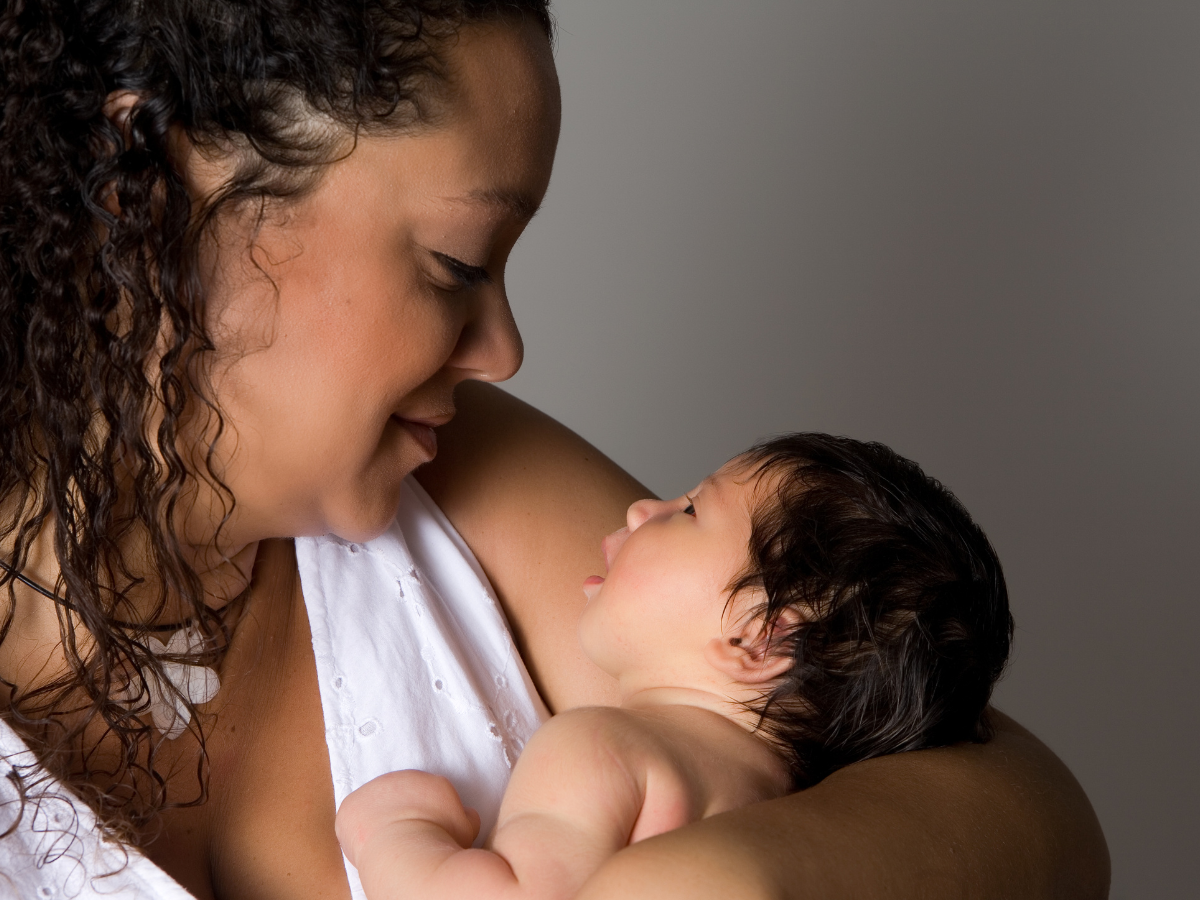by Elise Bowerman
The human body is wise. The uterus and baby work together in labor. This works exceptionally well when the birth-giver releases the need to feel in control.
Active management in childbirth is one which allows the relationship between the uterus and baby to develop. To understand the natural process of the uterus motivates baby to travel downward and outward into loving arms.
While the baby is stimulated by the uterus’ surges four fetal primal reflexes occur:
Asymmetric Tonic Neck Reflex (ATNR)
This reflex can begin as early as 18 weeks in utero. ATNR is a vital reflex for baby in childbirth as they move their head from left to right while traveling into the pelvis and vaginal canal.
Facilitates movement and muscle tone in the neck.
Provides vestibular stimulation. Found in the inner ear, the Vestibular System responds to movement and gravity contributing to the development of balance, special orientation, postural control, and more. Also, this system can be related to difficulties with attention, behavior, communication, and the ability self-control arousal levels.
Aids in the birth process by decreasing the diameter of the upper torso.
Helps prevent SIDS (Sudden Infant Death Syndrome) when lying down, as they learn how to turn the head in labor and birth.
Spinal Galant Reflex
While the Galant Reflex begins around 20 weeks in utero, it is active in childbirth as the uterus’ surges massage baby’s lumbar region (lower back) as they wriggle downward into the pelvis and vaginal canal.
Baby moves into flexion and stimulation of one side of the spine resulting in hip flexion and leg movements. This is a shift from experiencing whole body movements to same side (homolateral) movements.
This reflex is considered a foundation for the development of a range of hip movements needed to crawl and walk.
It may also serve as a conductor of sound in utero. Baby can feel sound, and this may assist in hearing ability. (For example, they feel the vibration of “aaahhhhh” from mother as she births.)
Perez Reflex
This presents when baby moves through the vaginal canal, and begins to crown; head begins to appear. (Imagine baby moving under the pubis bones and then the crown of the head appears.)
Both sides of the spine are stimulated. Head and sacral extension occur.
Birthing person move or be in positions which may mimic baby’s head and sacrum extension, too.
The Perez Reflex contributes to the development of muscle tone along the front and back of the body, and is the foundation for whole body coordination.
Placing Reflex (stepping)
This reflex appears as baby presses or kicks their feet in order to make their way into the pelvis and out of the vaginal canal.
Right after birth, placing newborn on mother’s abdomen, this reflex will assist in the “newborn crawl” to their sanctuary at the breast.
Give baby time to breast crawl. Patience is necessary. It may be helpful for a parent to place a hand behind the feet for baby to “kick off of.”
Within the first two months of life you may notice if you hold your baby over solid ground, they may step as if they are walking. (Please be sure to take care of their spine and head while exploring Stepping Reflex.)
This is an automatic response, like the ones listed above, and will dissolve after two months, then the learned signs and behavior of rocking on hands and knees, and then months later begin to creep and crawl (approximately 6-9 months of age.)
For supporters: how to help mom ‘let’ baby out
Give her space to move, especially the sacrum / hips.
Be patient.
Acknowledge and respect the innate childbearing process.
Provide comfort measures.
Understand the baby is in the driver’s seat, the necessity of ‘counting down’ or ‘pushing’ in labor may not be helpful in birth. Ejectile forces and neuro-programming of the baby's brain in relation to their body are occurring during this sacred and effortful time.
Pushing can be a reflex when not cued by others.
Rather than pushing, another option is to pull on something. (For example, a bed sheet draped over a railing while squatting.)
Greeting baby with love
The eyes are said to be a portal to the soul.
Even though newborns cannot see clearly at birth, eye to eye gaze helps wire the brain of baby. It ignites the amygdala (unconscious/primal programming) that they are safe.
Eye to eye gaze also releases oxytocin, the ‘love’ hormone. This will, also, facilitate a bond of safety.
(Only use eye ointment when medically necessary. It is often a standard treatment within hospital settings without informed consent.)
Resources
https://www.webmd.com/parenting/baby/what-is-asymmetric-tonic-neck-reflex-atnr-in-newborns
https://visiontherapyathome.com/
https://harkla.co/blogs/special-needs/spinal-galant-reflex
https://www.brmtusa.com/spinal-perez-reflex

